Market Growth Projections
The Global Vegetal Concrete Market Industry is poised for substantial growth, with projections indicating a market size of 1.83 USD Billion in 2024 and an anticipated increase to 2.99 USD Billion by 2035. This growth trajectory suggests a robust compound annual growth rate (CAGR) of 4.57% from 2025 to 2035. Such figures underscore the increasing adoption of vegetal concrete in various construction applications, driven by factors such as sustainability, regulatory support, and technological advancements. The market's expansion reflects a broader trend towards integrating ecological considerations into the built environment.
Urban Green Spaces Development
The development of urban green spaces is a significant driver for the Global Vegetal Concrete Market Industry. As cities grapple with the challenges of urban heat islands and biodiversity loss, there is a growing recognition of the need for green infrastructure. Vegetal concrete facilitates the creation of green roofs, walls, and other structures that support plant growth while maintaining structural integrity. This trend is evident in various metropolitan areas where urban planners are prioritizing green initiatives. The market's growth is indicative of this shift, with a projected CAGR of 4.57% from 2025 to 2035, reflecting the increasing integration of nature into urban environments.
Sustainable Construction Practices
The Global Vegetal Concrete Market Industry is propelled by the increasing emphasis on sustainable construction practices. As urbanization accelerates, the demand for eco-friendly building materials rises. Vegetal concrete, which integrates plant life into concrete structures, offers a dual benefit of reducing carbon footprints while enhancing aesthetic appeal. This trend aligns with global initiatives aimed at reducing greenhouse gas emissions. For instance, cities worldwide are adopting green building standards, which often include the use of innovative materials like vegetal concrete. By 2024, the market is projected to reach 1.83 USD Billion, reflecting a growing commitment to sustainability in construction.
Government Regulations and Incentives
Government regulations and incentives play a crucial role in shaping the Global Vegetal Concrete Market Industry. Many countries are implementing stricter building codes that encourage the use of environmentally friendly materials. These regulations often come with financial incentives for builders and developers who choose sustainable options. For example, tax breaks and grants are increasingly available for projects that incorporate vegetal concrete. This regulatory landscape not only fosters innovation but also stimulates market growth. As a result, the market is expected to expand significantly, with projections indicating a rise to 2.99 USD Billion by 2035, driven by supportive governmental policies.
Technological Advancements in Material Science
Technological advancements in material science are significantly influencing the Global Vegetal Concrete Market Industry. Innovations in the formulation of concrete that allows for better plant integration and growth are emerging. These advancements enhance the durability and functionality of vegetal concrete, making it a more attractive option for builders and architects. For instance, new additives and techniques are being developed to improve water retention and nutrient supply for plants embedded in concrete. As these technologies evolve, they are likely to expand the applications of vegetal concrete in various construction projects, thereby contributing to the anticipated market growth.
Consumer Awareness and Demand for Green Products
Consumer awareness regarding environmental issues is driving demand for green products, including those in the Global Vegetal Concrete Market Industry. As individuals and organizations become more conscious of their ecological impact, there is a noticeable shift towards sustainable building materials. This trend is reflected in the increasing preference for products that not only meet functional requirements but also contribute positively to the environment. The rising demand for green construction solutions is likely to propel the market forward, as consumers actively seek out options like vegetal concrete that align with their values.


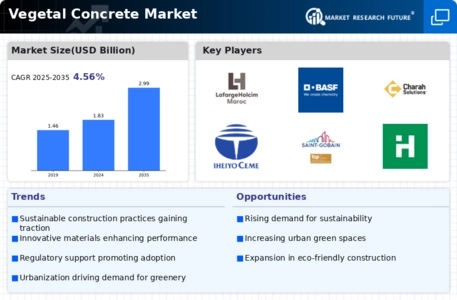
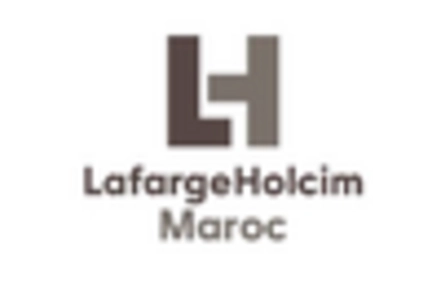
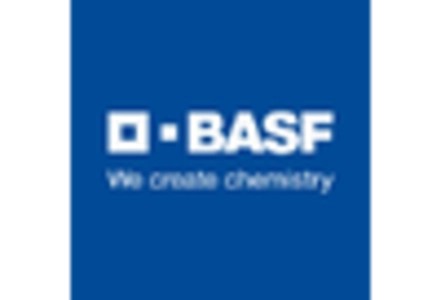
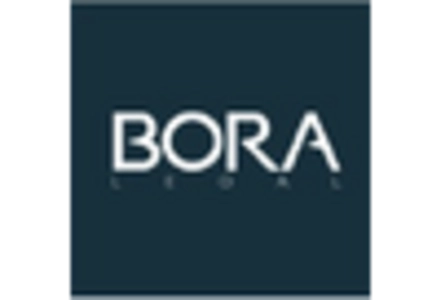


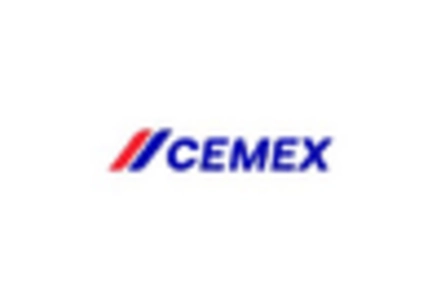
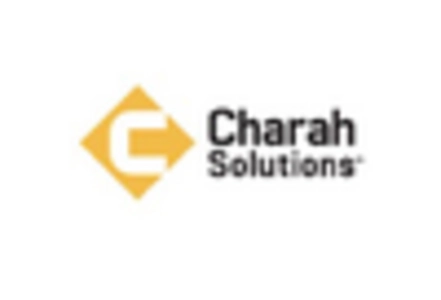
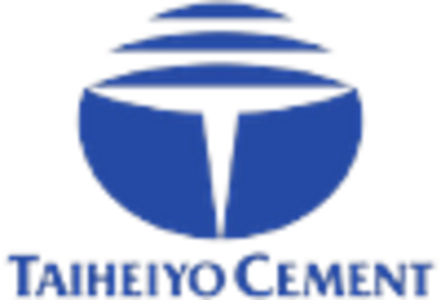
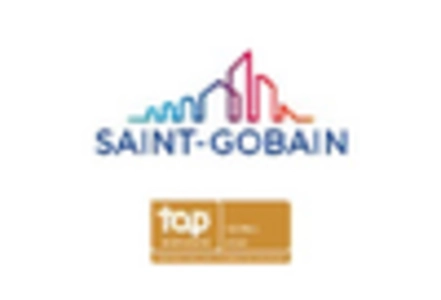

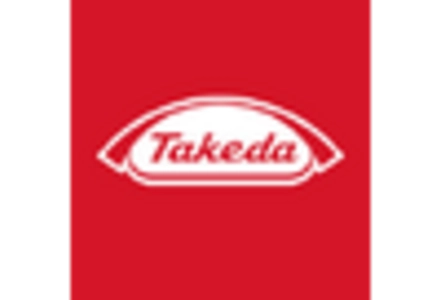








Leave a Comment